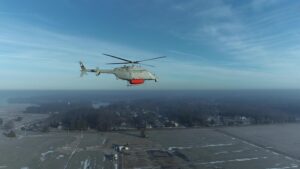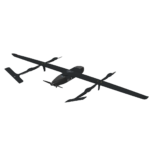
The Navy is developing a new mine countermeasure system sensor suite to be used on the Northrop Grumman [NOC] MQ-8C Fire Scout unmanned helicopter, with a prototype test set for this spring, the Navy said on March 2. The new capability is called the Single System Multi-Mission Airborne Mine Detection (SMAMD) Future Naval Capability Program and it aims to help the Fire Scout detect and localize mines and obstacles on land and at sea. The Fire Scout program office is…

 By
By 











